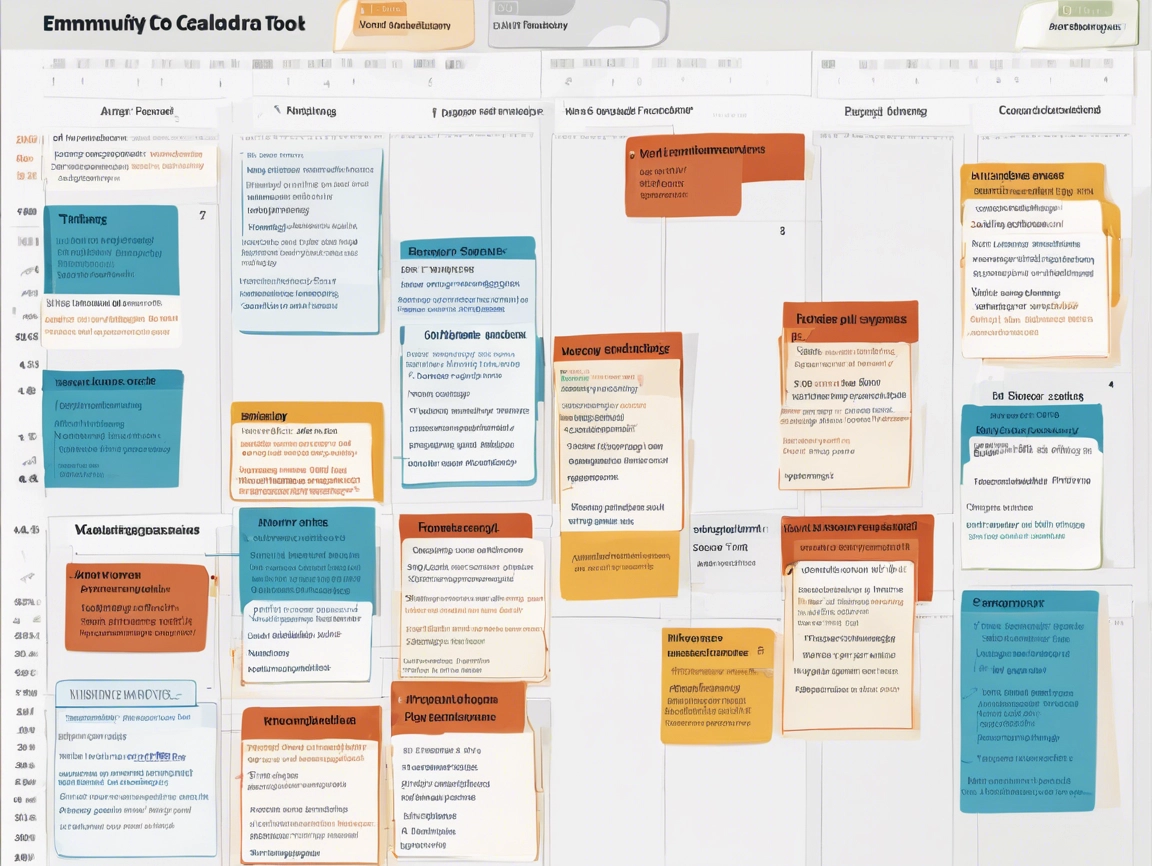In the ever-evolving landscape of content marketing, community foundations face unique challenges. With limited resources and a mission-driven focus, every piece of content must count.
However, creating impactful content doesn’t happen by accident; it requires careful planning, coordination, and foresight.
That’s where an editorial calendar comes in.
What is an Editorial Calendar?
In short, an editorial calendar is a schedule. And when created in tandem with other departments and strategies in mind at a community foundation, it can be a roadmap that boosts your results tenfold.
This calendar can be as simple as a spreadsheet or as sophisticated as a project management tool, but the goal is the same: to ensure your content is purposeful, timely, and aligned with your foundation’s goals. It outlines what content you will publish, when, and through which channels.
Strategic Alignment and Focus
For community foundations, staying aligned with your mission is paramount. An editorial calendar helps keep your content focused on your core objectives, whether it’s increasing donor engagement, promoting grant opportunities, or spotlighting community impact.
By planning your content in advance, you can ensure each piece supports your broader strategy, reinforces key messages, and contributes to your organizational goals.
Consistency is Key
Consistency is a cornerstone of successful content marketing. An editorial calendar allows you to maintain a steady flow of content, ensuring that your audience hears from you regularly.
This consistent presence helps build trust and keeps your foundation top-of-mind for donors, professional advisors, nonprofit partners, and community members.
With a clear schedule, you can avoid the pitfalls of irregular posting, which can make your foundation appear disorganized or inattentive.
Maximize Resources and Reduce Stress
Community foundations often operate with lean teams and tight budgets. An editorial calendar helps maximize these limited resources by allowing for better planning and coordination among team members.
When everyone knows what content is coming up, it’s easier to divide responsibilities, collaborate efficiently, and avoid last-minute scrambles.
Enhance Engagement and Relevance
Timely and relevant content is key to engaging your audience(s).
An editorial calendar helps you anticipate important dates and events—like National Philanthropy Day, local community events, or significant foundation milestones—and plan content around them.
Tracking Performance and Adapting Strategies
A well-maintained editorial calendar is a powerful tool for tracking content performance over time. By recording not just what you post, but also how it performs, you gain valuable insights into what resonates with your audience and what doesn’t.
This data-driven approach allows you to refine your strategy, adapt to changing audience needs, and continually improve your content’s effectiveness.
Get Started with Your Editorial Calendar
Creating an editorial calendar doesn’t have to be complicated.
- Start by outlining your foundation’s key goals for the upcoming quarter or year.
- From there, brainstorm content ideas that align with these goals.
- Consider your audience’s needs, the best channels for reaching them, and the optimal timing for each piece.
Fancy tools like Trello and Asana are good to work up to but if you don’t have the budget or you’re just starting out, we recommend Google Sheets. It’s free and they have new project management templates that make it incredibly easy to start.

